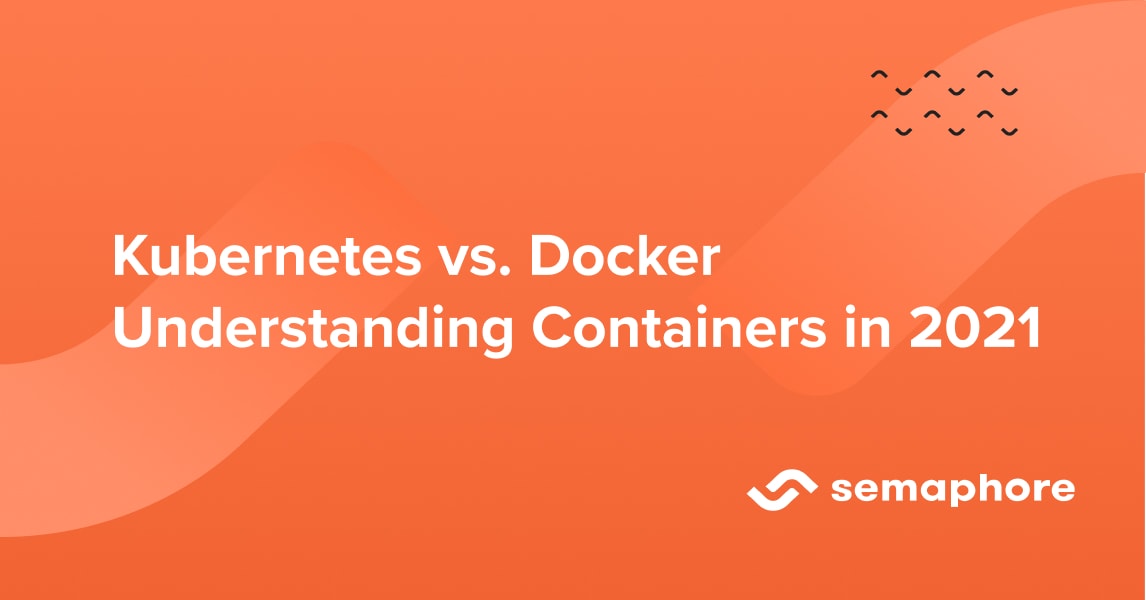
#Running docker on kubernetes install#
You take the Jenkins base image, install the Docker Engine, and create a custom image with both programs. The most straightforward deployment is simply installing a Docker daemon. In this post we are going to explore, step by step, different approaches to deploying Jenkins with Docker in Kubernetes, and explain the evolution of each one. But these, in turn, need a Docker daemon to be able to make the corresponding requests. Well, then you need the Docker CLI or Docker plugin for Jenkins. But what if I want to build images inside a pipeline?


In addition, it offers us images with which it can be deployed in containers, including in a Kubernetes cluster!Īnd you would imagine that doing this would be pretty easy: you write a deployment that has a pod with the Jenkins image and you already have it (apart from installing plugins and configuring it). It stands out for the amount of plugins that its community makes available to users and the freedom it grants to create pipelines. One of the most popular Continuous Integration tools is Jenkins.

Today I want to present a specific case in which privileges are granted to a container and give some alternatives. In a previous post, I talked about the problem of granting privileges to a container and the risks that this entails.


 0 kommentar(er)
0 kommentar(er)
